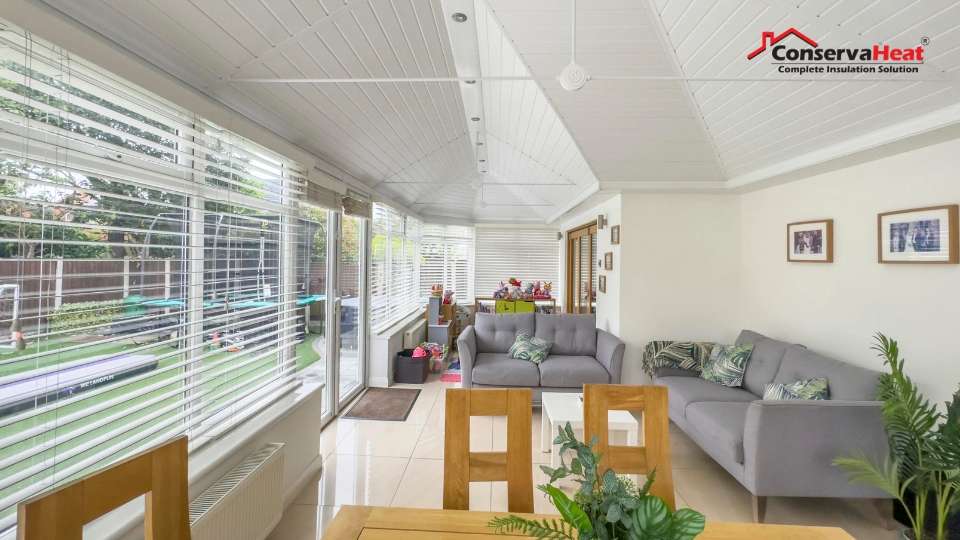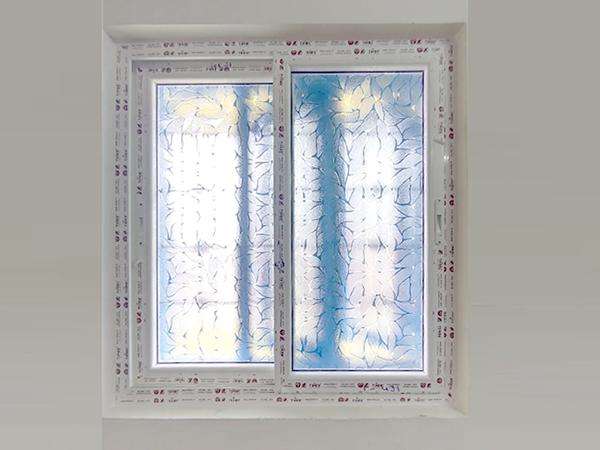A conservatory can be a delightful addition to your home, providing a bright and inviting space where you can enjoy the outdoors while staying sheltered from the elements. However, as much as we cherish these glass-encased rooms, they often come with a significant challenge: excessive heat during the scorching summer months. The intense sunlight can turn your conservatory into a sweltering greenhouse, making it unbearable to use and potentially causing damage to furniture and plants. In this article, we’ll explore various strategies and techniques to help you effectively regulate the heat in your conservatory and transform it into a comfortable oasis all year round.
How to Keep a Conservatory Cool During Summer
- Increase Ventilation
Adequate ventilation is essential for maintaining a cool and comfortable conservatory. Consider installing roof vents that allow hot air to escape, creating a natural airflow. You can also use strategically placed windows and doors to facilitate cross-ventilation. Another way is to use natural ventilation during cooler times and rely on mechanical ventilation, like fans, during hot days.
- Install an Air Conditioning Unit
For immediate relief from the summer heat, installing an air conditioning unit in your conservatory can be a powerful solution. While this option may be more expensive, it provides the ultimate comfort and control over the temperature. With adjustable settings, you can easily find the perfect temperature that suits your preferences.
When purchasing an air conditioner, it’s essential to choose the right-sized unit to ensure it effectively cools your conservatory.
- Use Conservatory Blinds
Conservatory blinds are an excellent way to control the amount of sunlight entering your space. During the hottest parts of the day, closing the blinds can reduce the greenhouse effect caused by direct sunlight. When needed, you can open them to let in light and warmth. Consider automated blinds that can be adjusted based on the sun’s position throughout the day.
- Get Your Conservatory Insulated
Prevent heat exchange between your conservatory and the outdoors by installing proper conservatory insulation. The process of installing conservatory roof insulation typically involves placing a layer of insulation material, such as foam or multi-layered reflective foil, between the roof and the interior of the conservatory. This acts as a barrier, reducing heat transfer and ensuring that the temperature inside the conservatory remains consistent.
Not only is conservatory roof insulation a cost-effective solution, but it also has a relatively easy installation process. There are a few different types of insulation materials to choose from, including foam boards, reflective foils, and multilayer insulation blankets. Each type has its own unique benefits, so choose the one that best suits your budget and specific needs.
- Try Glass Cooling Film
Glass cooling film, also known as solar control film or window tinting, is a thin, adhesive film that is applied directly to the conservatory windows. The film contains a special coating that reflects the sun’s heat and reduces the amount of solar energy that is absorbed into your conservatory. This means that less heat is transmitted into the room, resulting in a cooler interior temperature.
Glass cooling film not only regulates heat, but also provides additional benefits for conservatories. For example, the film can reduce glare, making it more comfortable to sit and relax in your conservatory without being blinded by the sun. It also blocks harmful UV rays, which can fade furniture, flooring, and other items in your conservatory.
- Replace your Conservatory Roof
If your conservatory is still excessively hot even after trying other methods, it might be time to consider replacing the roof. One popular option that you can consider is a tiled roof conservatory. They come in a variety of options, allowing you the freedom to choose a style that complements your home’s architecture. From traditional clay tiles to modern lightweight synthetic tiles, there is a wide range of materials and colors to choose from. Not only will a new tiled roof enhance the overall appearance of your conservatory, but it can also increase the value of your home.
In addition to improving insulation, replacing your conservatory roof can also provide better soundproofing. Solid or tiled roofs absorb sound much more effectively than traditional glass or polycarbonate roofs, Creating a peaceful and serene atmosphere inside your conservatory.
Conclusion
Regulating the heat in your conservatory during the summer months can transform it from a sweltering room into a comfortable retreat. Whether you’re sipping a cup of tea, reading a book, or simply admiring your garden, your conservatory should be a place of relaxation, not discomfort. With these strategies in place, you’ll be able to relish the beauty of your conservatory without being at the mercy of extreme temperatures. Make the most of this valuable addition to your home and enjoy it throughout every season.










